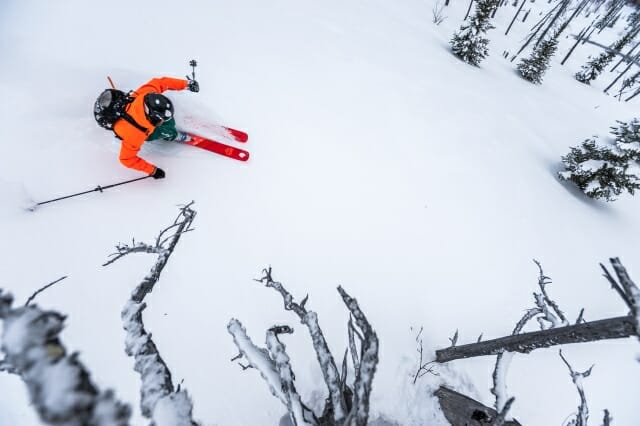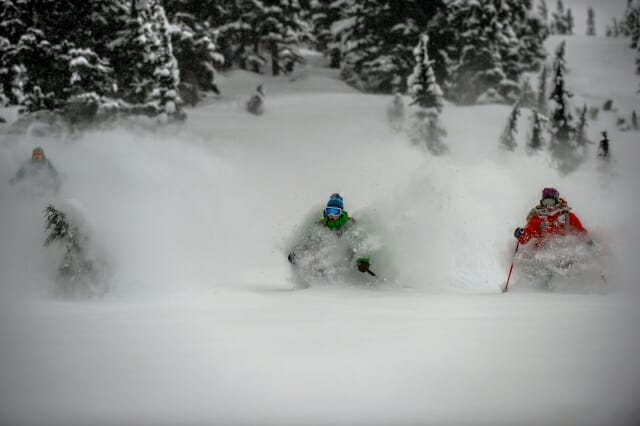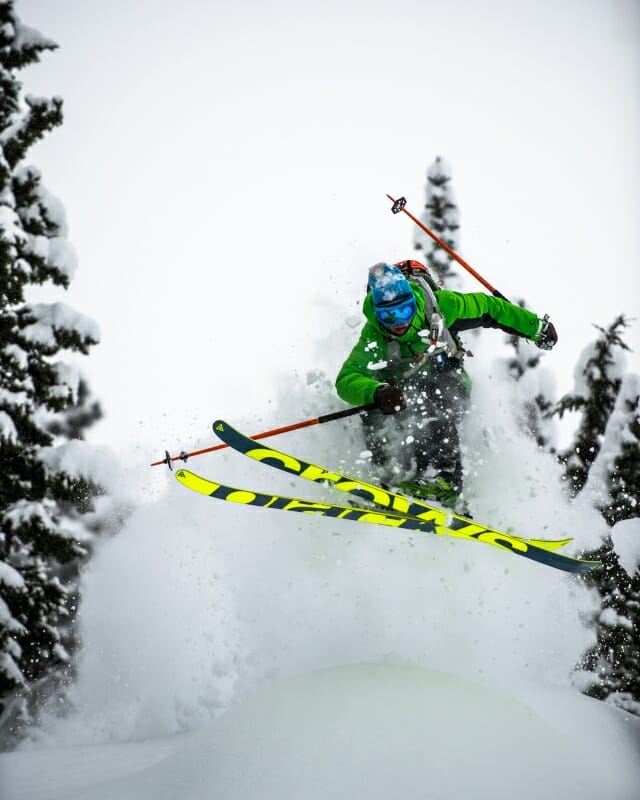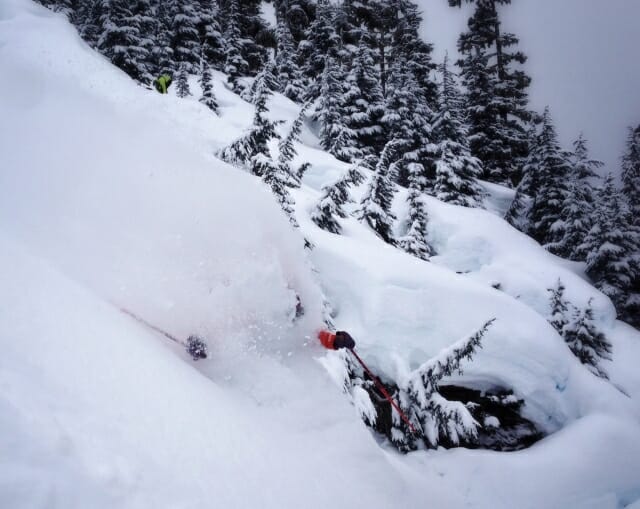5 Tips for Safer Tree Skiing
Powder skiing is fun. Tree skiing is fun. Skiing powder in the trees? That’s just awesome. One of British Columbia’s biggest skiing attractions is the feeling you get bouncing from pillow to pillow, swatting snow-ladened branches with a triumphant fist as powder sprays you in the face. Sometimes the experts make it look easier than it actually is, but with a few adjustments to tactics and technique, you’ll be keeping up with the pros in no time.

1. Don’t go until it’s ready
Many injuries occur on tree runs at ski resorts because people decide to ski them before there’s sufficient snow on the ground. The groomers will look fine. The rocks might be all covered in the alpine. But until you have a healthy base of snow covering logs, stumps and saplings, tree runs can be a risky affair.

2. Always ski with a buddy in the trees
Tree wells kill people every year in North America. Even the best skiers make mistakes sometimes that will land them head first into the hollow cavity around the base of a tree. If skiing in a group, partner up before entering the trees and stay in line of sight of one another until you’re both safely out of the woods. Heli and cat guides often employ a call system (HEY-HO!) when guests are out of sight. If you lose sight of your buddy, don’t just keep skiing. Stop, yell for them and regroup before continuing on. If you ever find someone in a tree well, start digging them out immediately.

3. Watch your speed
If you get going too fast and crash, it won’t just be the soft powder snow that breaks your fall. Visibility can be limited, especially in thick trees, so keep your turns controlled and don’t go launching off blind roll overs. It’s easier to control speed in fresh snow, but tracks can often be unavoidable in resorts.
4. Close your stance
Even on today’s fat skis, the only way to get through some sections of deep trees is to bring your feet closer together. This helps create a stable platform to float on top of the snow and turns are initiated from subtle pivoting of the feet and legs. Once you’re out of the tight sections, feel free to slarve your way to faceshot glory.

5. Remove pole straps, wear a helmet
Some folks won’t bother with this, but it’s one of the simplest steps skiers can take to decrease chances of a dislocated shoulder or skull fracture. Don’t risk it. And never look at the trees as you ski pass them, doing so will make your body want to ski into them.
Play safe in the trees this winter.


